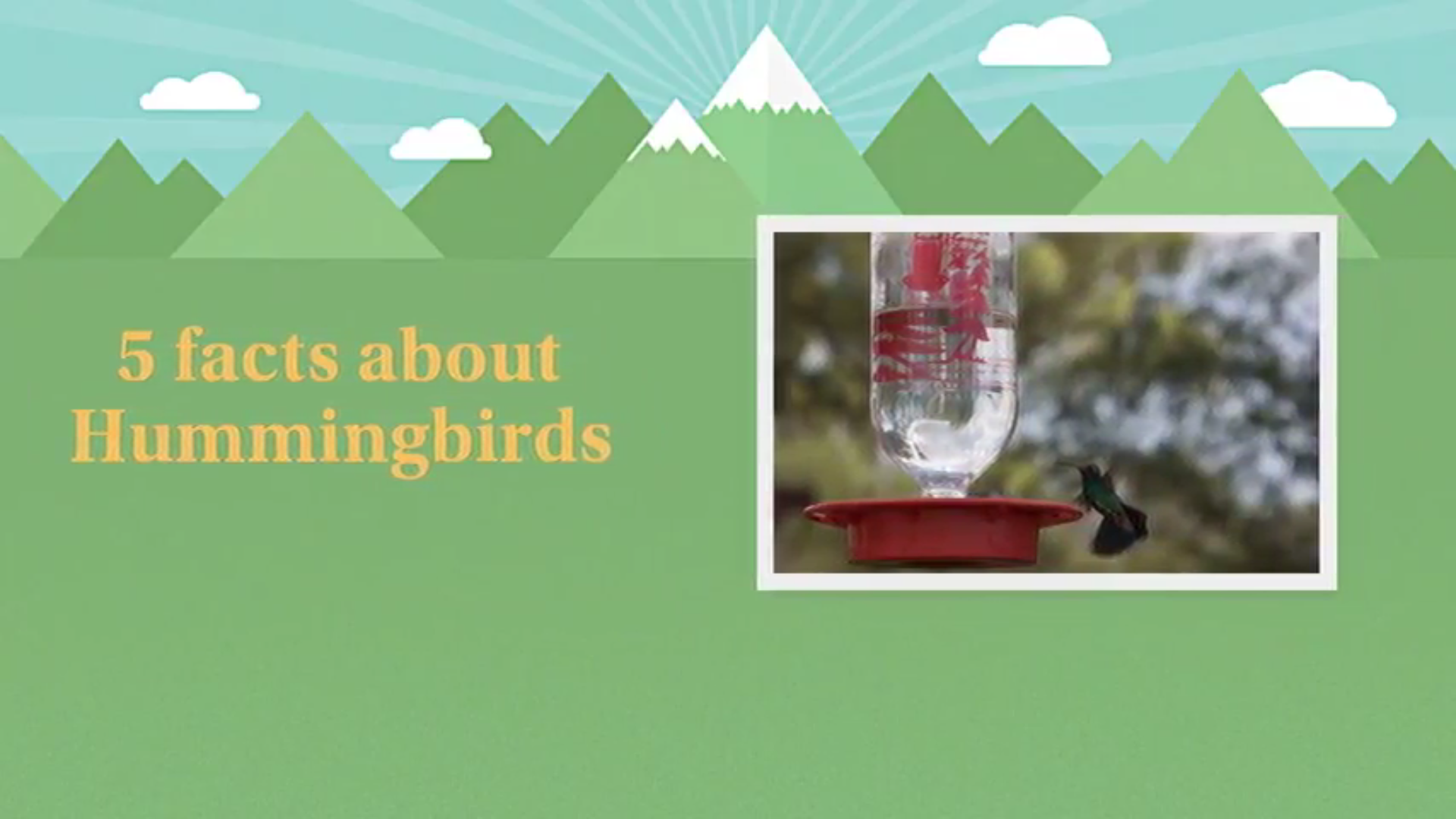Outside, children are oohing and ahhing as hummingbirds dart around them. The adults are transfixed on hummingbird expert Sherri Williamson, her fingers cradling an emerald hummingbird. She places a metal band, about half the size of a staple, around the bird’s leg.
Williamson, who founded and directs the Southeastern Arizona Bird Observatory in this land of green grasshoppers and olive-colored foliage, is among scientists who are tracking hummingbird flight. The small group of experts are exploring the birds’ migration patterns and how their nationwide travels tell stories about climate change in the U.S. That children and families who visit the area get to help is a bonus.
The San Pedro Riparian National Conservation Area, home to the hummingbird house, is a sanctuary brimming with housing and food for hummingbirds migrating from Canada and Alaska. It’s perfect for “banding sessions.”
Visitors can watch while scientists capture, study, band and release the birds over two hours, a strategy to educate the public about the birds’ – they’re a lot tougher than their size would assume – foretelling of the environment. The bird observatory conducts the open sessions every Saturday, from late March through Oct. 8.
Hummingbirds reveal the impact of climate change
Williamson said the birds’ weight, mating habits, and the number of parasites attached to their feathers signal the well being or decline of the various ecosystems they pass through on their way to Arizona.
“If the bird populations are healthy and they are balanced we see lots of native species that are reproducing,” Williamson said. If watchers “don’t see a lot of alien species that are coming in and taking over in places they don’t belong, then we know that these ecosystems are in balance.”
Climate change is the primary cause in wavering hummingbird populations, said Tom Wood, the observatory co-founder and director. When flowers bloom prematurely because earlier spring arrivals, hummingbird migration and flower blossoming no longer coincide.
Related video:
The birds arrive at their destination to find diminished food sources. Wilting flowers lead to lost nectar and insect populations the birds feast on, Wood said.
Loss of nutrients leads to famished populations that are unable to care for themselves properly, causing malnourishment or death.
“We are using these birds as a proxy for the environment that they live in. The environment that is the most important to these birds here is, of course, the beautiful San Pedro River,” Williamson said.
Tracking hummingbirds on their journey
Hummingbird experts have been banding the birds for two decades with the help of volunteers, bringing in enthralled visitors as partners.
It starts with gently trapping the birds.
“Our current trap is what we call a bonnet trap,” Wood said. “It’s a little umbrella-like thing that goes over a feeder and then has a remote control. When there is a hummingbird at a feeder we hit a switch and then the curtain drops around the feeder, enclosing the hummingbird inside.”
Once the hummingbird is trapped inside a soft mesh curtain, a longtime volunteer takes the bird from beneath the trap and places the bird in a netted container before taking it to the banding table. Williamson removes the hummingbird creature and gets to work.
“Sherri will take them out, and the first thing she does is to identify them as to age, sex, and species and then carefully fit a band on,” Wood said. “That’s one of the most challenging parts.”
The accuracy needed when fitting the band is key to the bird’s safety and comfort, and takes skill to execute.
“The fit is so crucial, and there’s so little room for error that you wouldn’t even want it to be a fraction of a millimeter too large or too small,” Wood said. “We work very hard to make sure that the band is going to be comfortable on the bird for the rest of its life.”
After a banding, Williamson records details like beak and wing length, pregnancy, and what kind of pollen clings to a hummingbird’s feathers before the bird is ready to continue its journey.
If a bird survives to return to the San Pedro House the next year such attributes can be recorded again.
Comparing a hummingbird’s previous physical state to its current state alerts scientists to ecological health or destruction occurring around the continent.
How to lend a helping hand, literally
Observatory leaders are proud to open banding sessions to the public.
“We do it in the middle of the afternoon, which is kind of unusual for bird banding,” Wood said. “Most bird banding is done at dawn, but we catch lots of birds here in the afternoon.”
Visitors can help to release the hummingbirds after they’ve been banded and fed a nectar of white-sugar water.
“We take it over to some willing volunteer with an open palm, and lay the hummingbird in their hand, and it will sit there for a minute before it takes off,” Wood said. He said 30 to 60 people usually come but the crowd can grow to as many as 100 during seasonal festivals.
Twelve-year-old Drayden Price said he was excited to hold a hummingbird. “I find them fascinating little creatures.”
Planning your visit: Hummingbird banding sessions
WHEN: 4 p.m. to 6 p.m. Saturdays through Oct. 8.
COST: Free. Donations accepted.
WHERE: San Pedro House in the San Pedro Riparian National Conservation Area in Sierra Vista, about 75 miles south of Tucson. There is no current address for the house (the address on the website will lead to an abandoned building). Search San Pedro House on Google Maps for directions. Signs will help lead visitors a few miles from the house.
DETAILS: More information on the origins, mission and events of the Southeastern Arizona Bird Observatory can be found on their website as well as their Facebook page Southeastern Arizona Bird Observatory and Twitter.
 5 facts about hummingbirds
5 facts about hummingbirds